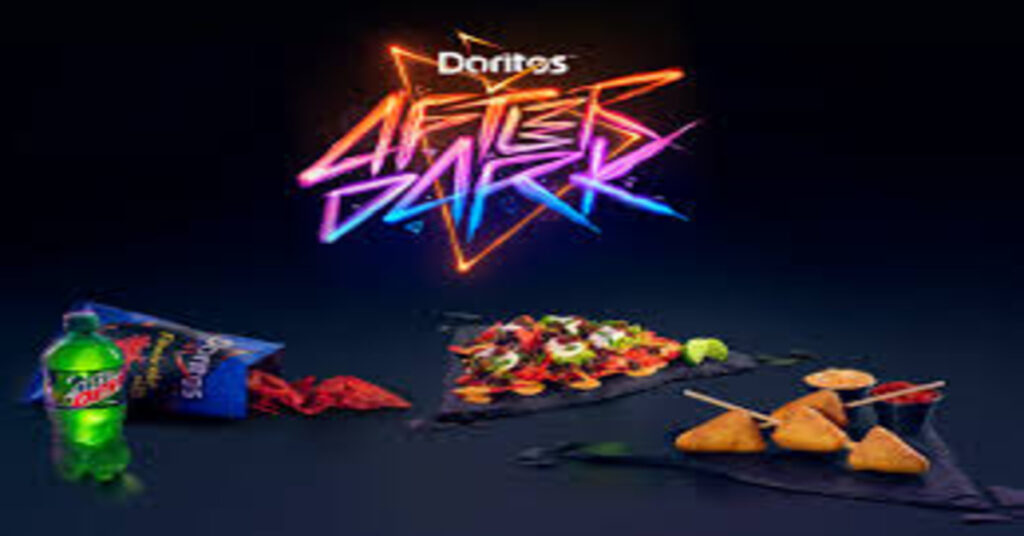In recent years, creator and influencer marketing are more important than previously deemed for connecting brands with their target consumers. Brands are now inclined towards influencer marketing, investing time, money and resources to execute successful campaigns.
Social media gave rise to influencer marketing. Influencers, like American gymnast Olivia (Livvy) Dunne, Ken Block, Hudda Kattan, Eli Rallo, Tony Robbins, and Kim Kardashian, among others. They have millions of fans and followers from all over the world. Influencer marketing is all about trust. Companies and brands rope in influencers to introduce a new product or service to potential customers.

According to Influencer Marketing Hub’s ‘The State of Influencer Marketing 2024 Report’, the influencer marketing industry is set to grow to approximately $22.2 billion by 2025. It’s expected to be worth $24 billion by the end of 2024. The report stated that 59.4 percent of the respondents who budget for influencer marketing intend to increase their budget over the next 12 months.
Rise of Influencer Industry
In the United States, influencer marketing is a $16 million industry. The broader creator industry is set to double to half a trillion dollars by 2027. A report highlighted that the rise of the influencer industry has been economically liberating for millions of people. It has provided a new form of entertainment and a new road map for entrepreneurial success.
Lia Haberman, who teaches social media and influencer marketing at UCLA, said people have lost trust in institutions – media, the government, and brands. She pointed out that influencers are embedded alongside messages from friends and family, so people perceive them as part of their trusted circle.
Kristi Bajrami, Global Influencer Strategy and Creator Lead at Pandora, said most of their community on TikTok and Instagram are interested in snackable content formats; either focusing on storytelling, product or engaging angles. “Our community wants to have an interactive exchange and engage with our short-form videos. We offer our consumers a variety of different content formats like trends, viral products, styling, how-to’s and content around what our community loves which gives us the opportunity to share quick content and engaging messages that resonate with our audience.” She highlighted that tailoring their content to the preference resulted in higher unique reach, high engagement rates, and an interactive exchange.
Preferred Platforms
US consumers, as per Traackr Influencer Marketing Impact Report, prefer to use legacy platforms like Instagram, Facebook, YouTube, TikTok, and X (formerly Twitter) when posting their own content online. Consumers who identified themselves as male were most likely to rank YouTube as their number one platform of choice while those who identified themselves as female picked Instagram.

The majority of consumers like live streams as they enjoy watching an unfiltered version of their favorite influencers shop, game, get ready, explore, and more. In regards to product reviews, consumers ranked YouTube as the number one social platform that they are most likely to use when searching for online product reviews and information. TikTok was second, followed by Instagram, Facebook and Reddit. Moreover, consumers ranked Facebook as their number one platform to purchase products. This was followed by Instagram, YouTube, TikTok and Pinterest.
The report stated that social media influencers seem to provide a great avenue for storytelling. Influencers can give advertising a sense of authenticity by showing (not telling) how a product is used, and illustrating how it could fit into a consumer’s everyday life.
Also Read: Frito-Lay Gives a “Taste of Super Bowl” 2024 NFL Playoff Campaign with Football Legends



